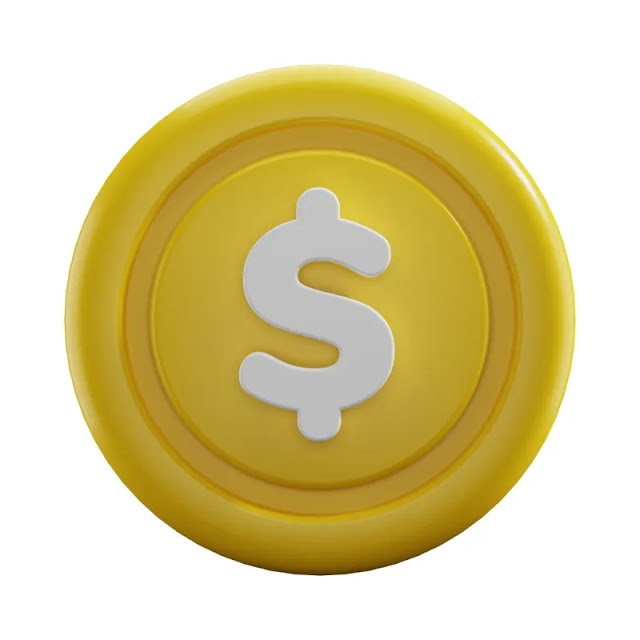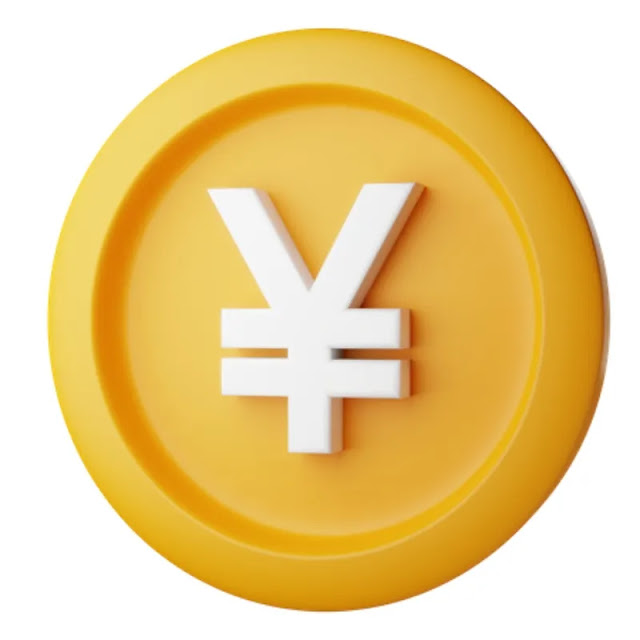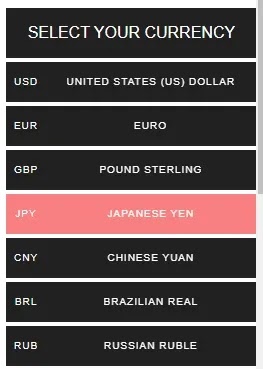
USD $
USD stands for United States Dollar, which is the official currency of the United States of America. It is the most widely used currency in the world for international transactions and is considered the world’s primary reserve currency. The dollar is divided into 100 smaller units called cents, and the symbol used to represent it is $. The Federal Reserve System, also known as the Fed, is responsible for issuing and managing the US dollar. As of 2021, the US dollar remains the dominant currency in the world economy and is used as a standard of value for commodities such as gold and oil.

Euro €
Euro is the official currency of the Eurozone, which is composed of 19 out of the 27 European Union (EU) member states. It is also used by other European countries that are not part of the Eurozone as their official currency or accepted as a means of payment. The Euro was introduced in 1999 as an electronic currency and became a physical currency in 2002. It is the second most traded currency in the world after the US dollar and is widely used for international trade and financial transactions. The Euro is symbolized by the € sign and is subdivided into 100 cents.

Pound Sterling £
Pound Sterling, often referred to simply as the pound, is the official currency of the United Kingdom, as well as several other territories and dependencies such as the Isle of Man, Jersey, and Guernsey. Its symbol is £, and it is subdivided into 100 pence (p). The pound sterling is one of the oldest currencies in the world, with origins dating back to the eighth century. Today, it is one of the most widely traded currencies, and its exchange rate is often used as a benchmark for other currencies. It is also a reserve currency held by many central banks around the world.

Yen ¥
Yen is the currency used in Japan. Its symbol is ¥ and its ISO code is JPY. It is the third most traded currency in the foreign exchange market after the US dollar and the euro. The yen was introduced in 1871 as part of the Meiji Restoration, which aimed to modernize Japan’s economy and institutions. One yen is divided into 100 sen, but the sen is no longer used in everyday transactions. The Bank of Japan is the central bank responsible for issuing and managing the yen, and it plays a key role in setting monetary policy to support the country’s economic growth and stability.

Yuan ¥
Yuan is the official currency of China, also known as the Renminbi (RMB). It is abbreviated as CNY, which stands for Chinese Yuan, and sometimes referred to as CNH when traded offshore. The currency is issued and regulated by the People’s Bank of China. The Yuan is divided into units called fen and jiao, with one Yuan being equal to ten jiao and 100 fen. The value of the Yuan is determined by market forces, but it is closely managed by the Chinese government, which pegs it to a basket of international currencies to maintain stability.

Brazilian Real R$
The Brazilian real (BRL) is the official currency of Brazil. It was introduced in 1994 as part of the country’s economic stabilization plan, replacing the previous currency, the cruzeiro real. The real is divided into 100 centavos and is symbolized by the “R$” sign. As of April 2023, the exchange rate of the real is around 5.7 BRL to 1 USD. The Brazilian real is widely used in Brazil and is also accepted in some neighboring countries. The Central Bank of Brazil is responsible for managing the country’s monetary policy and maintaining the stability of the real.

Ruble ₽
The Russian ruble (RUB) is the official currency of Russia. It is also used in the two partially recognized republics of Abkhazia and South Ossetia. The ruble is divided into 100 kopeks, and its symbol is ₽. The ruble was first introduced in the 13th century during the reign of Ivan the Terrible, but it has gone through several changes since then. The modern version of the ruble was established in 1992 after the dissolution of the Soviet Union. Today, the ruble is one of the most traded currencies in the world, especially in the Eastern European and Central Asian regions.
To change the Currency, look on the Left side, it’s floating. Click and choose Currency, this will make it easier for you later when you make payments using Paypal or Debit/Credit Cards.

